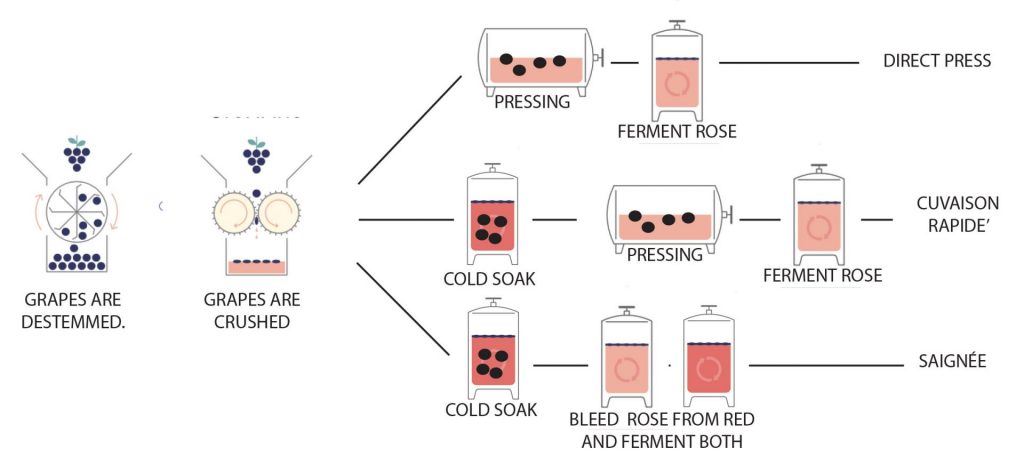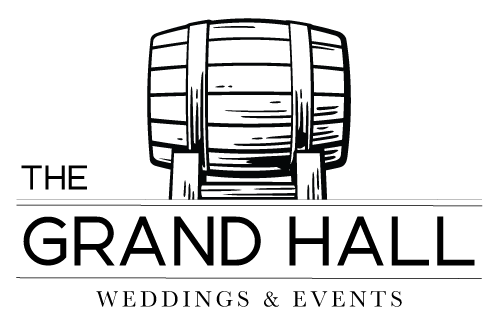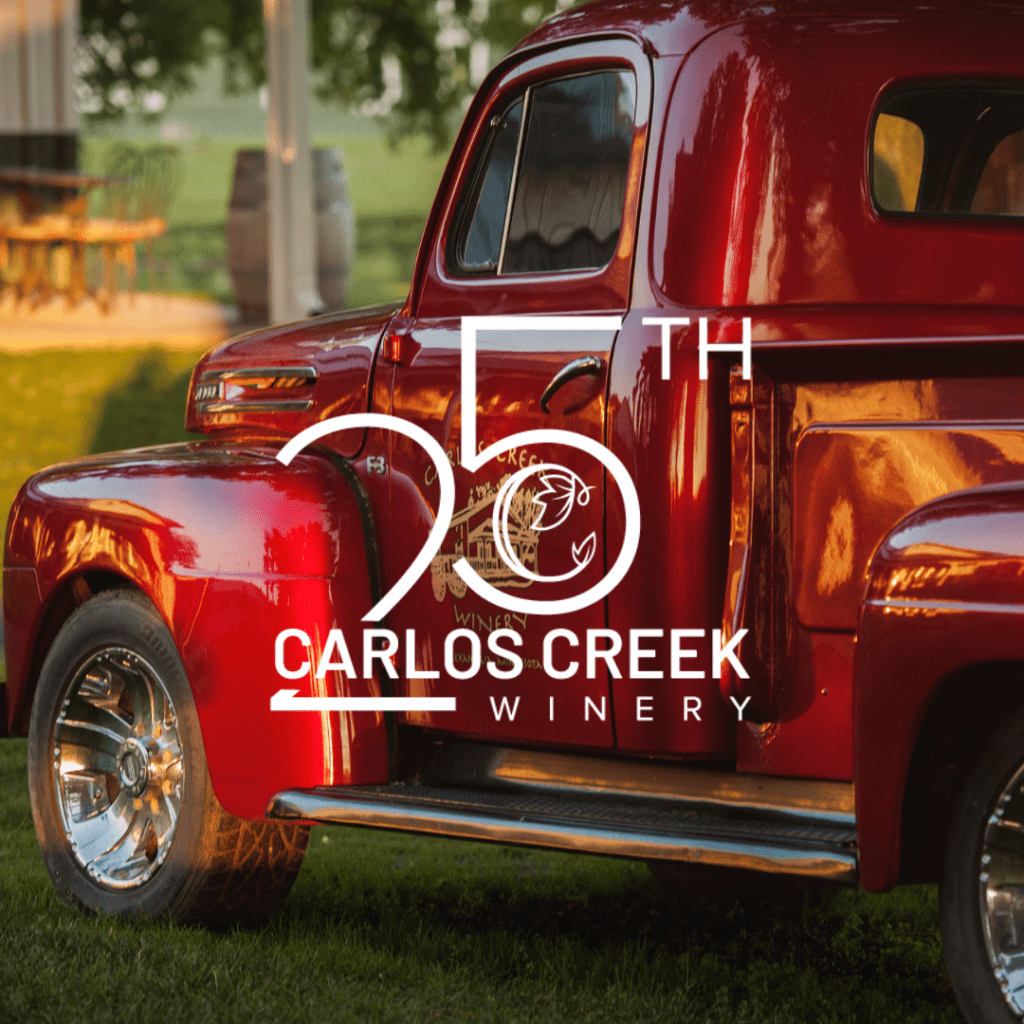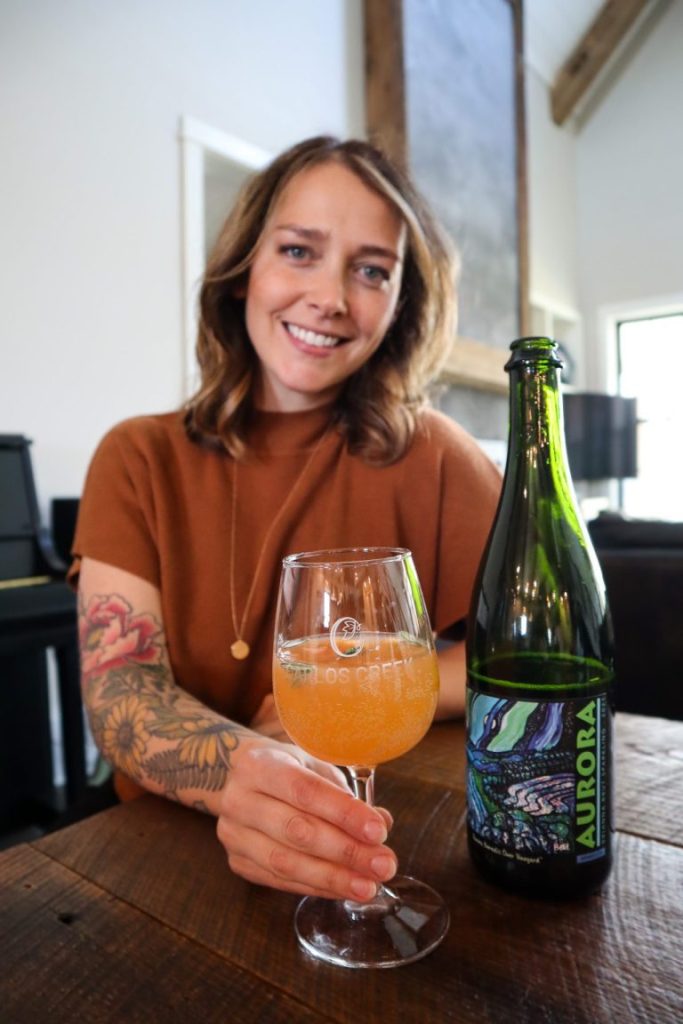Pink wine has become undeniably hip, and whether it is dry, sweet or bubbly, we’ve got a Rosé that will exceed your expectations.
Just about any red grape is used to make rosé. At Carlos Creek, we prefer Marquette, Frontenac and Crimson Pearl. Each varietal lends its own subtle personality to the finished wine, but regardless of the grape, rosés share some common elements like lively acidity, low alcohol, a lack of oak aging, and fresh berry flavors. There are actually 4 different methods of rosé production:
- DIRECT PRESSING: Direct pressing is the way white wine is made, but in the case of Rosé, you use red grapes. Grapes are taken off their stems, crushed and pressed, minimizing juice/skin contact time. The direct press method ushers in more perfumed aromatics and delicate flavor compounds like strawberry, bright cerry, and rhubarb and lighter colored wines. Since Minnesota wines are rich in pigmentation, we don’t need to soak the grapes with the skins to achieve beautiful color.
- CUVAISON RAPIDE’ OR RAPID SOAK: Sometimes, you need more color in your wine then Direct Pressing will yield. Rosé made from Cabernet, Merlot & Grenache, is often crushed and the juice is left to soak with the skins (macerate), as in red wine production. The skins and juice soak for a very short time, sometimes as little as six hours as opposed to weeks or months as in the production of red wines, and then are pressed and fermented.
- SAIGNÉE (SOHN-YAY) OR BLEEDING: The saignée, or “bleeding,” method is a by-product of concentrating juice for red wine production. In this process, after crushing and cold soaking the juice, skins & seeds; the winemaker removes some of the juice, concentrating the remainder. The juice that is removed, is made into a rosé wine, the remainder is made into a bolder red. This method is often criticized because grapes are harvested at peak time for making a red, not a rosé. Rosé made this way tends to have deeper, more vibrant pink color and darker flavors of blackberry, raspberry, and berry jam.
- BLENDING: While this might seem like the most obvious method of making rosé – white + red = rosé, right? — the practice of blending white and red wines post-fermentation does not make a true rosé wine. The practice is actually prohibited in most areas in Europe.
Rose Making Process









